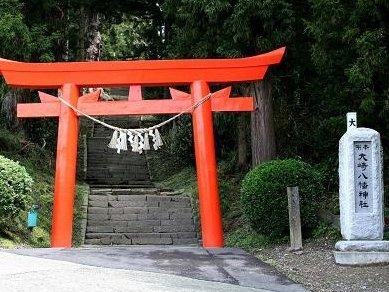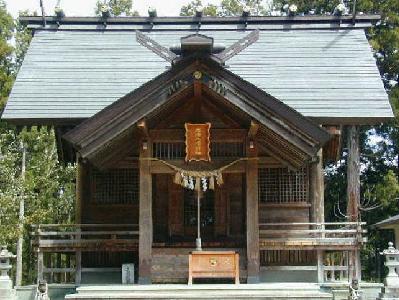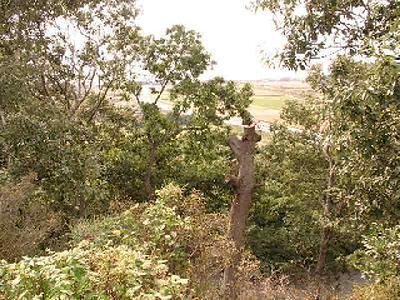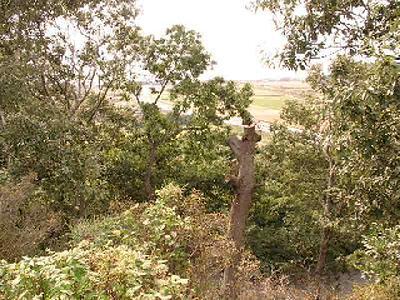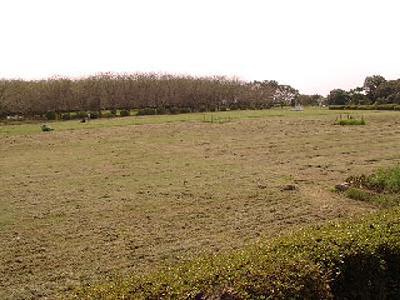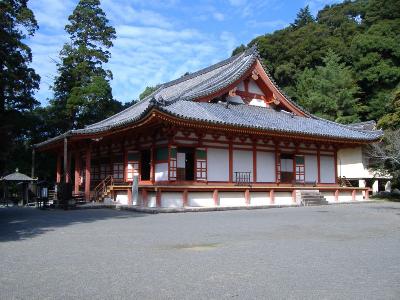|
Osaki Hachiman Shrine in Tajiri in Osaki City, Miyagi Prefecture, is the origin of Hachiman shrines in Hachiman in Sendai City and Furukawa Eai and Iwadeyama in Osaki City. It has an old shrine with a history of 1,000 years.
The hill continuing toward north from the shrine is thought to be the ruins of Nitta no Saku (the fortification) constructed by the central government from the Nara to Heian periods (in around 8th century). In 1057, Minamoto no Yoriyoshi and his son, Yoshiie, transferred the deity from Iwashimizu Hachimangu Shrine in Kyoto to Tengugaoka in the northern part of present Tajiri Yawata in Osaki City and prayed for their victory before they fought with the forces of Abe Yoritoki and Abe no Sadato, which is known as “Zen Kunen no Eki” or Earlier Nine Years’ War (1051-1062). After they defeated the Abe clan, they transferred the deity from Iwashimizu Hachimangu Shrine and founded the three shrines in Tajiri, Izawa and Kurihara.
The shrine was faithfully revered by the Osaki clan in the later period and the shrine building was constructed in 1361, when it was renamed Osaki Hachiman Shrine. Later, at the beginning of the 17th century, Date Masamune relocated it to Iwadeyama and then to his castle town, Sendai, where he constructed a gorgeous shrine in the Gongen-zukuri style. The shrine was relocated to this place again in the later period by the Date clan.
The hill continuing toward north from the shrine is thought to be the ruins of Nitta no Saku (the fortification) constructed by the central government from the Nara to Heian periods (in around 8th century). In 1057, Minamoto no Yoriyoshi and his son, Yoshiie, transferred the deity from Iwashimizu Hachimangu Shrine in Kyoto to Tengugaoka in the northern part of present Tajiri Yawata in Osaki City and prayed for their victory before they fought with the forces of Abe Yoritoki and Abe no Sadato, which is known as “Zen Kunen no Eki” or Earlier Nine Years’ War (1051-1062). After they defeated the Abe clan, they transferred the deity from Iwashimizu Hachimangu Shrine and founded the three shrines in Tajiri, Izawa and Kurihara.
The shrine was faithfully revered by the Osaki clan in the later period and the shrine building was constructed in 1361, when it was renamed Osaki Hachiman Shrine. Later, at the beginning of the 17th century, Date Masamune relocated it to Iwadeyama and then to his castle town, Sendai, where he constructed a gorgeous shrine in the Gongen-zukuri style. The shrine was relocated to this place again in the later period by the Date clan.
| [+ADDRESS] | 
|

